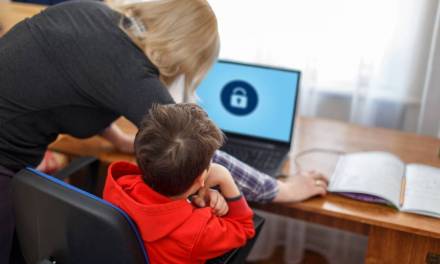Inclusive Strategies with a DfE-accredited provider of online education
Reading time: 3 minutes
The educational landscape has resulted in schools, Multi-Academy Trusts (MATs) and Local Authorities (LAs) struggling to effectively support vulnerable learners, especially those with special educational needs and disabilities (SEND).
Read More




































